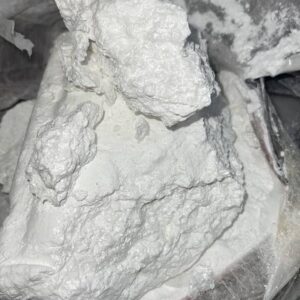Buy Cocaine Europe
Buy Cocaine Europe
The illicit drug trade has been a persistent global issue, and one substance that has garnered significant attention and controversy is cocaine. Considered a powerful stimulant, cocaine is derived from the coca plant, primarily cultivated in South America.
It has gained notoriety for its euphoric and energizing effects, but also for its detrimental impact on individuals and societies. This article aims to delve into the intricate world of cocaine, focusing specifically on its distribution and consumption patterns in Europe.
Definition and overview of cocaine
Cocaine is a crystalline tropane alkaloid that acts as a potent central nervous system stimulant. It belongs to the phenylethylamine class of psychoactive substances, which also includes amphetamines. Cocaine’s stimulating properties are mainly attributed to its ability to inhibit the reuptake of neurotransmitters such as dopamine, norepinephrine, and serotonin in the brain, resulting in increased levels of these chemicals at synaptic junctions.
In its pure form, cocaine presents as a white powder that is often diluted or adulterated with other substances before reaching consumers. Commonly referred to by various street names like coke, blow, or snow, it is most commonly ingested by snorting through the nasal passages or dissolved into a solution for intravenous injection.
Brief history of cocaine usage in Europe
The history of cocaine usage in Europe dates back several centuries; however, it was not until the late 19th century that it gained prominence as a recreational drug. Initially utilized for medicinal purposes due to its anesthetic properties and vasoconstrictive effects, European physicians believed it could be an effective treatment for various ailments. During the late 19th and early 20th centuries, Europe experienced a surge icame more apparent, governments across Europe implemented strict regulations to control its use. By the mid-20th century, cocaine began to be classified as an illegal substance in most Europen popularity regarding cocaine consumption among affluent individuals who sought pleasure-enhancing substances.
It became associated with the bohemian lifestyle and was widely used among artists, intellectuals, and the aristocracy. Notably, famous figures like Sigmund Freud and Arthur Conan Doyle expressed favorable opinions towards cocaine during this period.
However, as its harmful effects bean countries due to its highly addictive properties and detrimental health effects.
Nevertheless, it continues to be a prevalent illicit drug in contemporary Europe, presenting unique challenges for law enforcement agencies and public health initiatives. In the following sections of this article, we will explore the production and distribution networks of cocaine in Europe, delve into consumption patterns across different European countries, analyze the legal frameworks surrounding cocaine use, examine its health effects and risks on individuals, as well as discuss harm reduction strategies for those struggling with addiction.
Cocaine production and distribution
An intricate web of cultivation, extraction, and chemical processing
Cocaine, a potent stimulant derived from the coca plant, follows an intricate journey from the lush fields of South America to the streets of Europe. Understanding the production and distribution process sheds light on the complex network that fuels the demand for this illicit substance. Cocaine production involves several key stages: cultivation of coca plants in South American regions, extraction of coca leaves to obtain cocaine base, and subsequent chemical processing to convert the base into powdered cocaine.
Showing the single result
